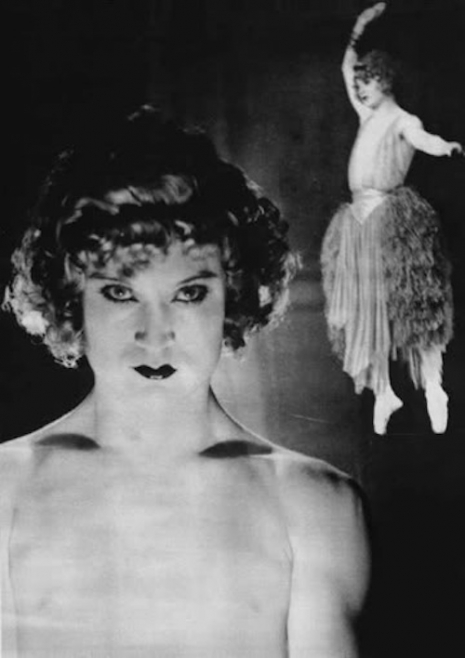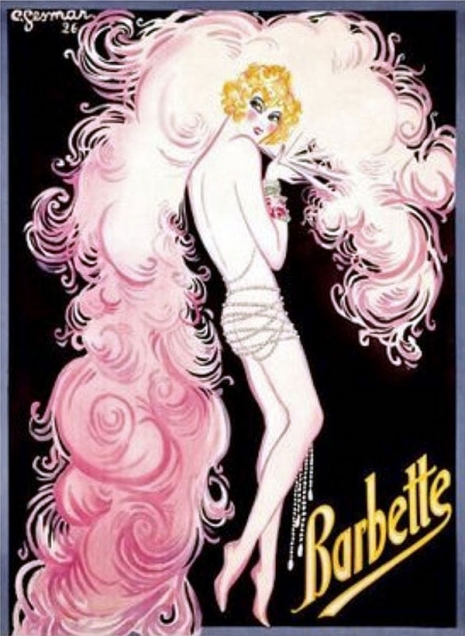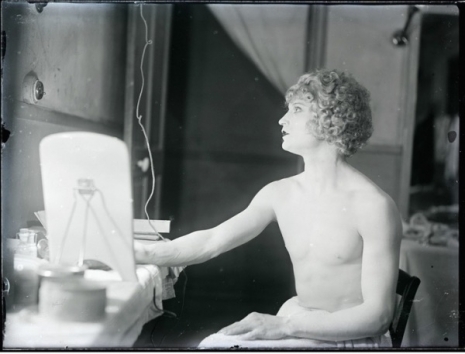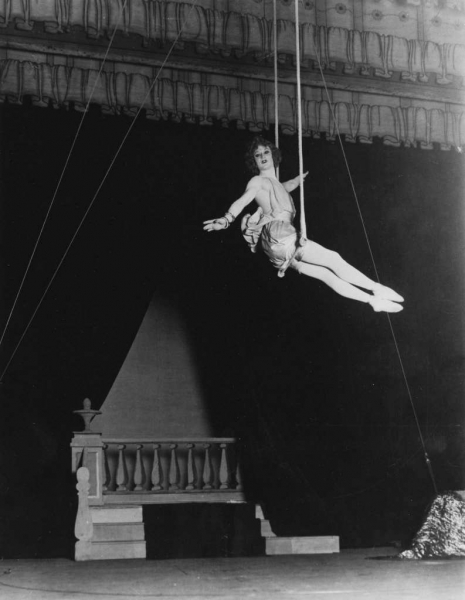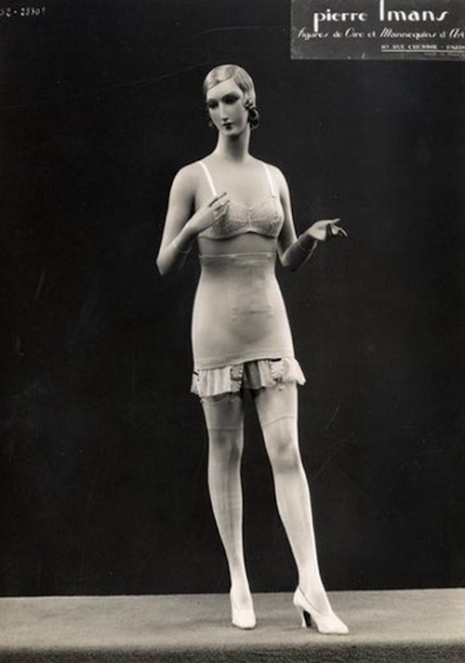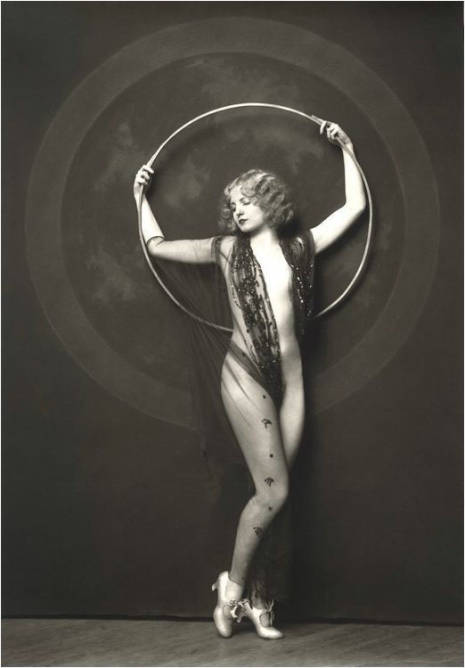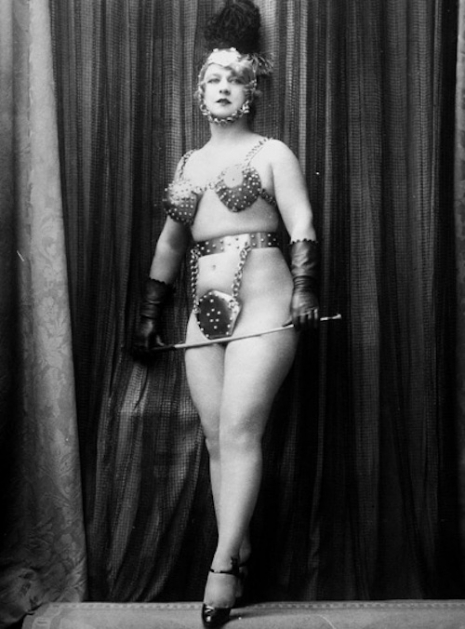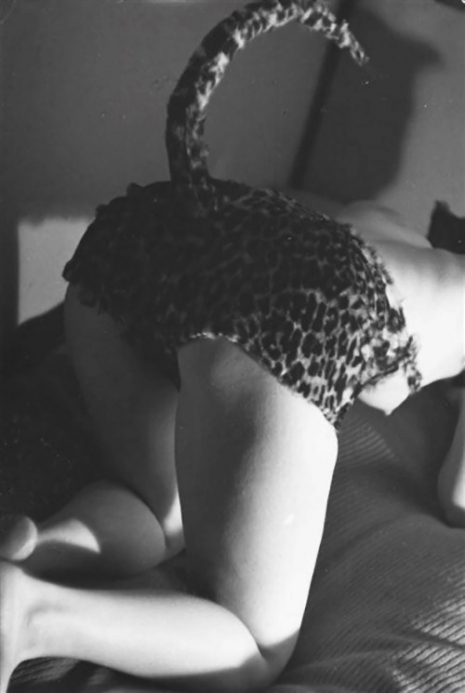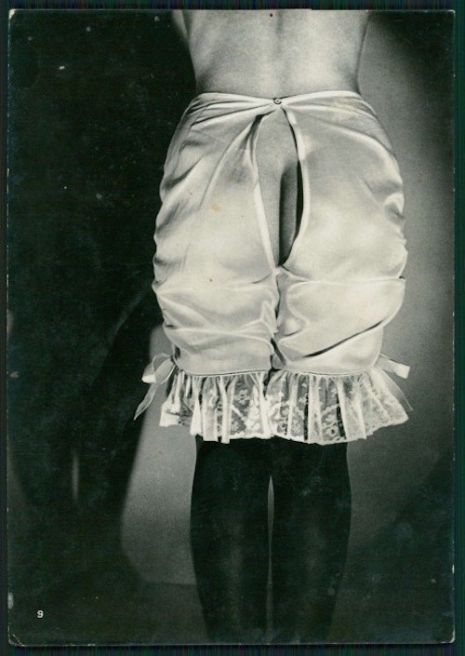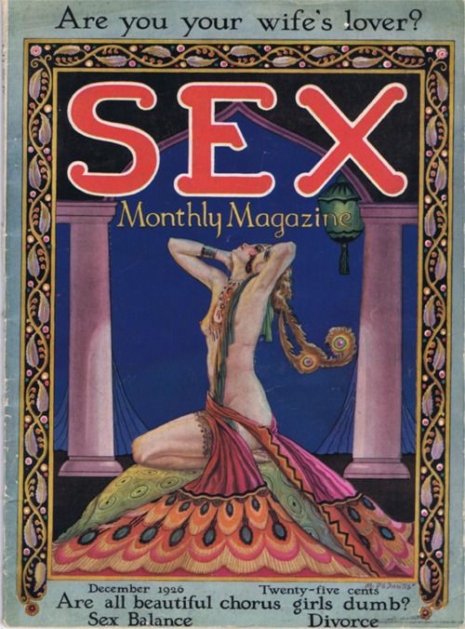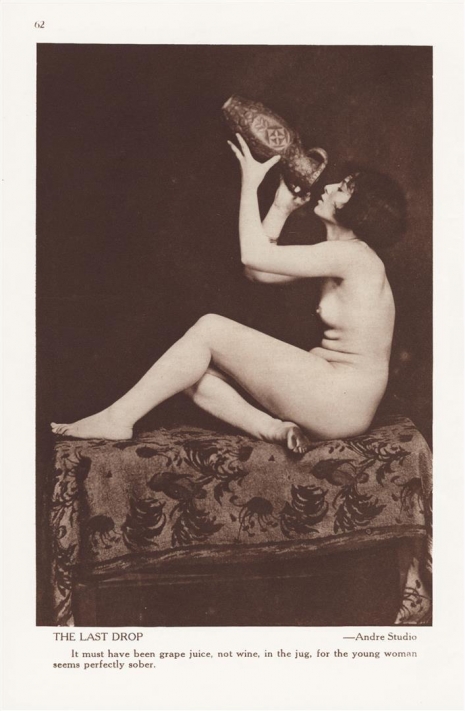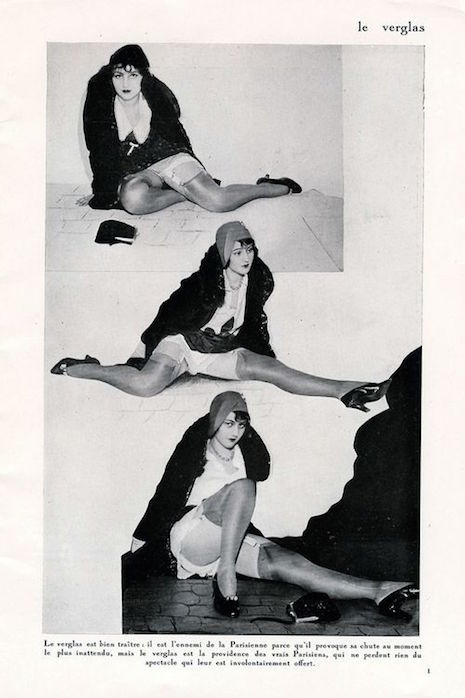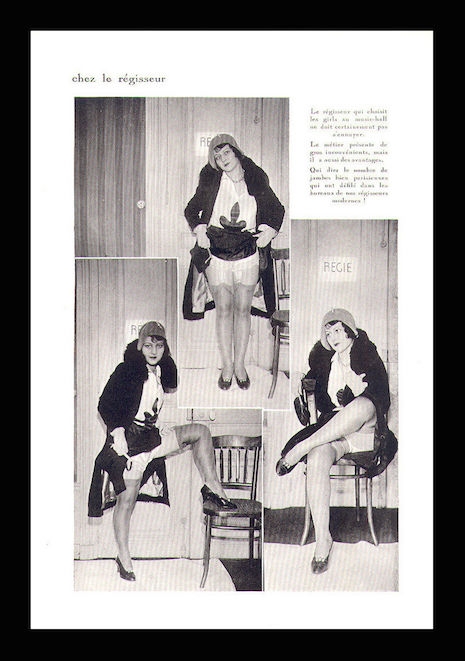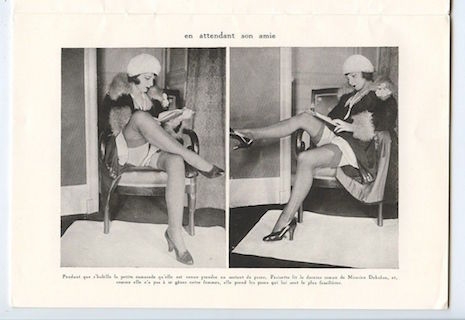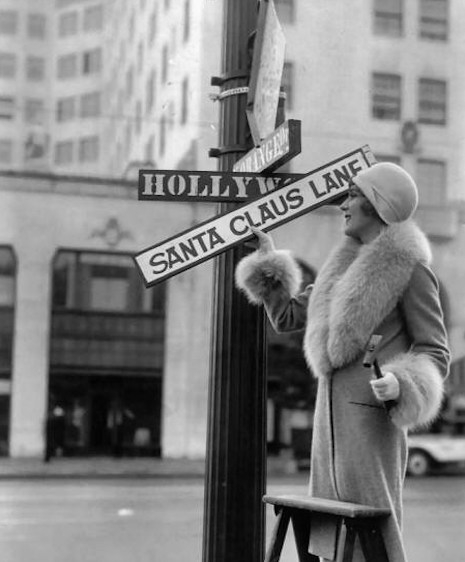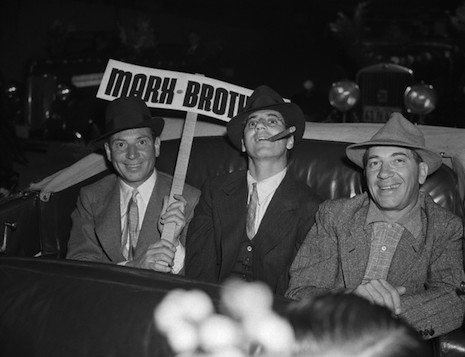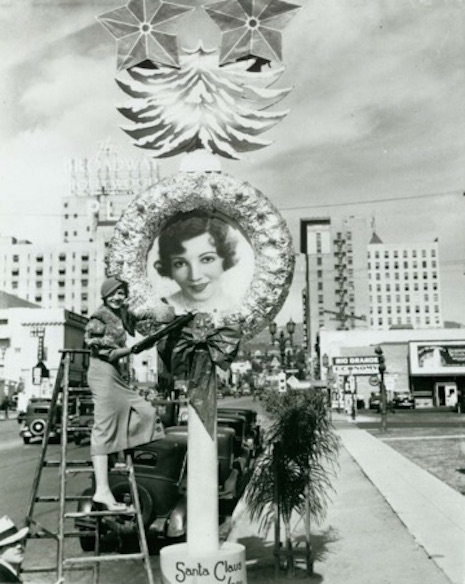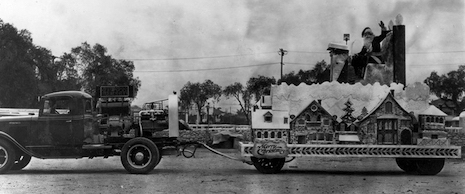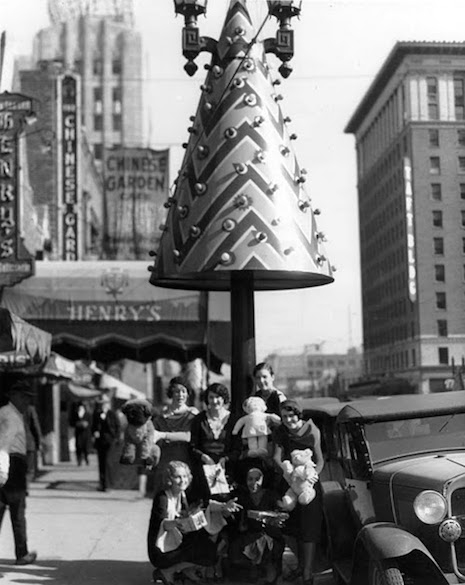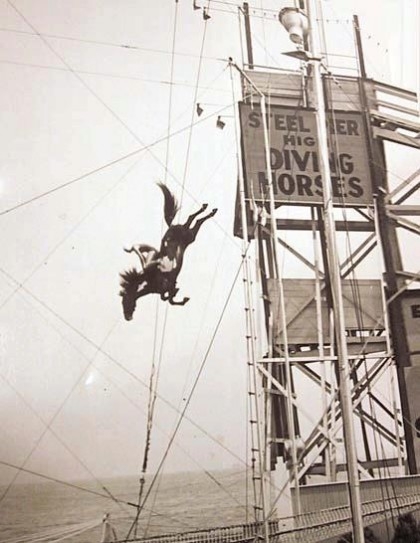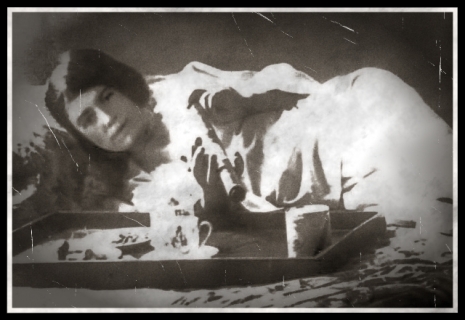
Leah Hirsig photographed in front of a portrait of her done by Aleister Crowley. The painting was done at Hirsig’s request for Crowley to paint her as a ‘dead soul.’
Aleister Crowley published his poem Leah Sublime in June of 1920. The poem has been called one of the most obscene pieces of literature ever written by Crowley—or anyone else for that matter—in which he describes his sexual exploits with one of his “Scarlet Women” Leah Hirsig.
Born in Switzerland in 1883, Hirsig was a high school teacher in the Bronx before she and her sister Alma worked up the courage to approach Crowley—who was living in New York at the time—in 1918. Crowley and Leah had an instant, combustible attraction to one another and spent most of their first visit together passionately kissing. During the sister’s second visit to Crowley, he requested to draw Leah in the nude—something he had never done. It would be one of many times Crowley would draw Leah’s portrait including one occasion where the aspiring occultist requested that he paint her as a “dead soul.” Here’s more from Crowley himself on his early meetings with Leah as told by author Lawrence Sutin in his 2002 book Do What Thou Wilt: A Life of Aleister Crowley:
The “little sister” (Leah) reminded me of Solomon’s friend, for she had no breasts… She radiated an indefinable sweetness. Without wasting time on words, I began to kiss her. It was sheer instinct. She shared it and equaled my ardor. We continued with occasional interruptions, such as politeness required, to answer her sister in the rare intervals when she got out of breath.

By the time 1920 rolled around Crowley and Leah—who was now going by the mystical name of “Alostrael,” were routinely participating in obscene ritualistic sex romps involving, among other things, a goat, which helped Leah earn her “Scarlet Woman” title. She also played an instrumental part in the formation of The Abbey of Thelema in Cefalù in Sicily—an occultist utopia of sorts where Crowley’s followers could attend “The Collegium of the Spiritum Sanctum” (or College of the Holy Spirit), participate in rituals and other cult-like activities. As a testament to how vilified Crowley was, he was thrown out of Italy by Hitler’s sidecar, fascist dictator Benito Mussolini. Crowley would eventually end his relationship with Leah, her allegiance to the Great Beast remained intact. She would later move to France where she supported herself working as a prostitute before moving back to the U.S., and marrying William George Barron with whom she had a child in 1925. Shortly thereafter Leah went back to her old job teaching school.
More after the jump…










